Andrea Botto

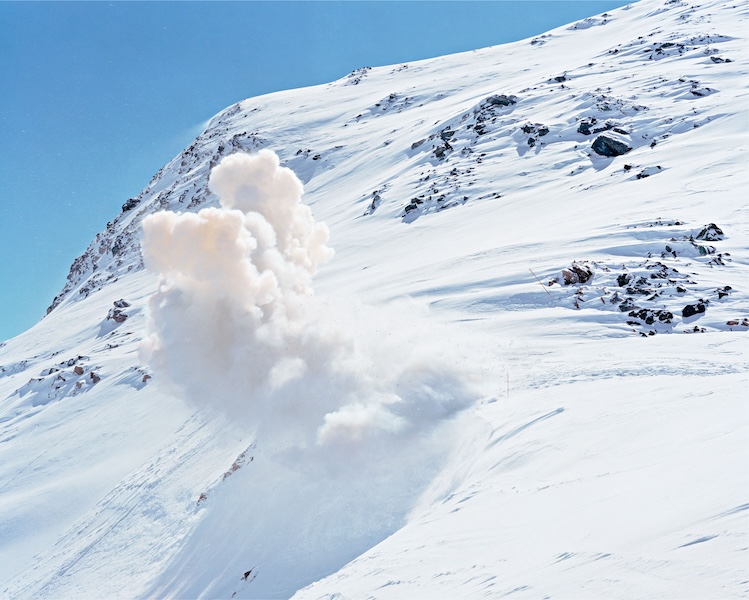
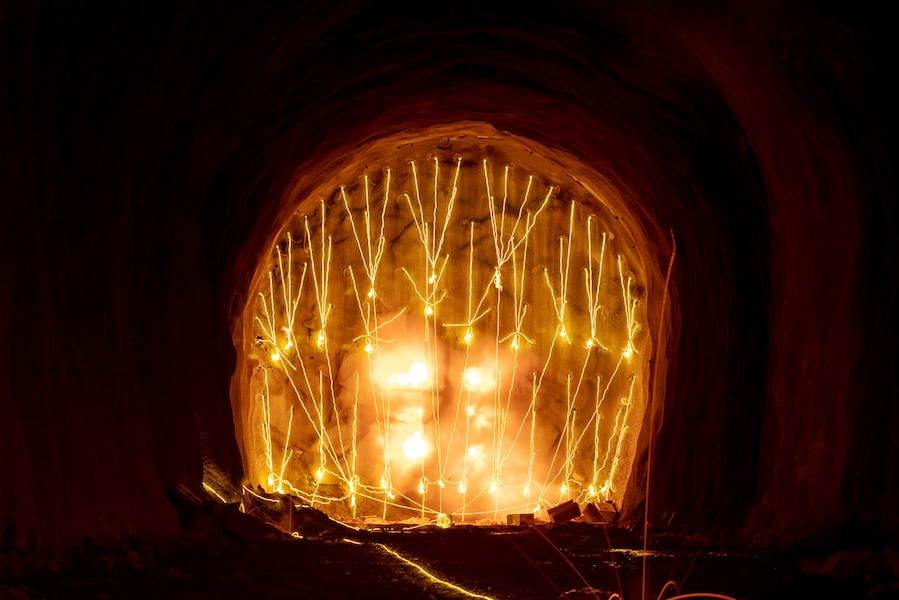

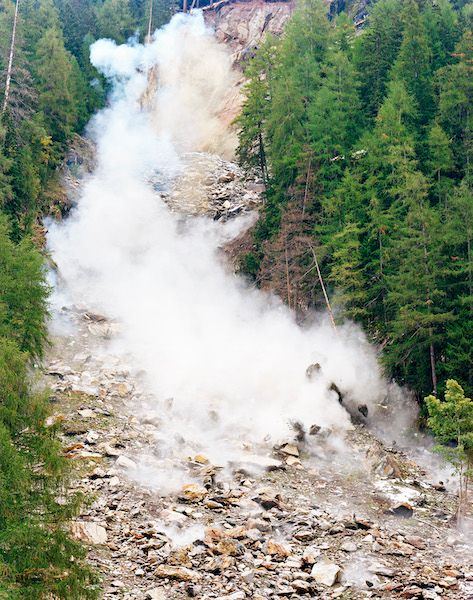
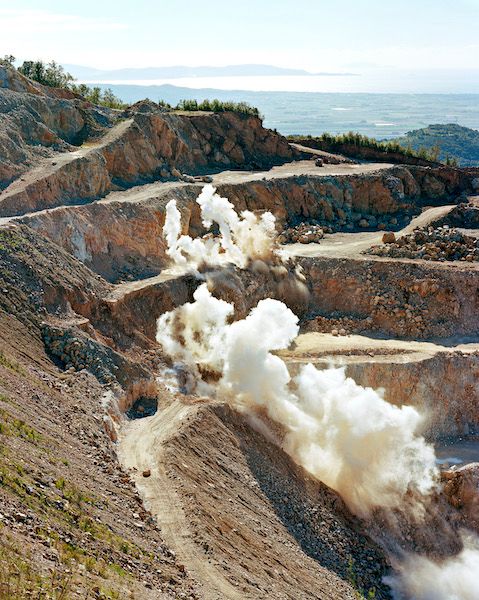
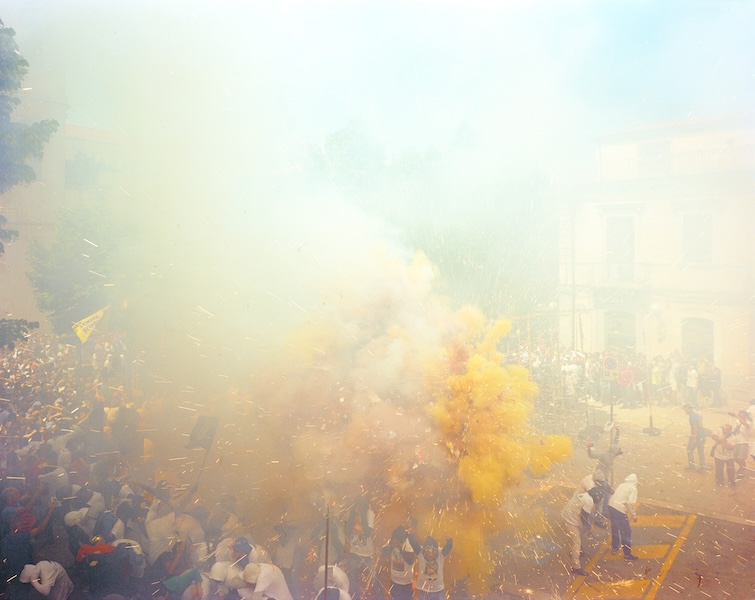

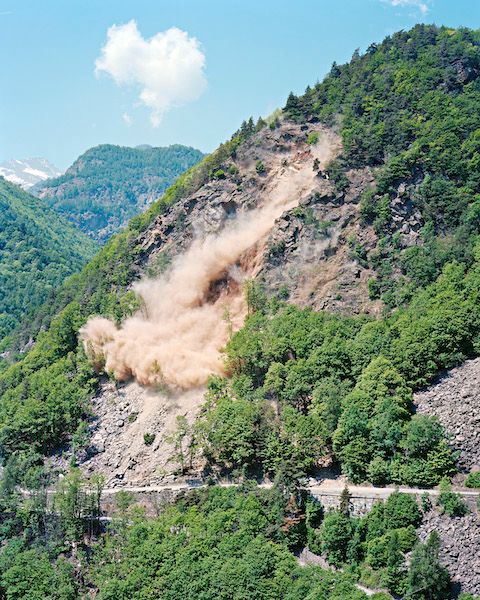
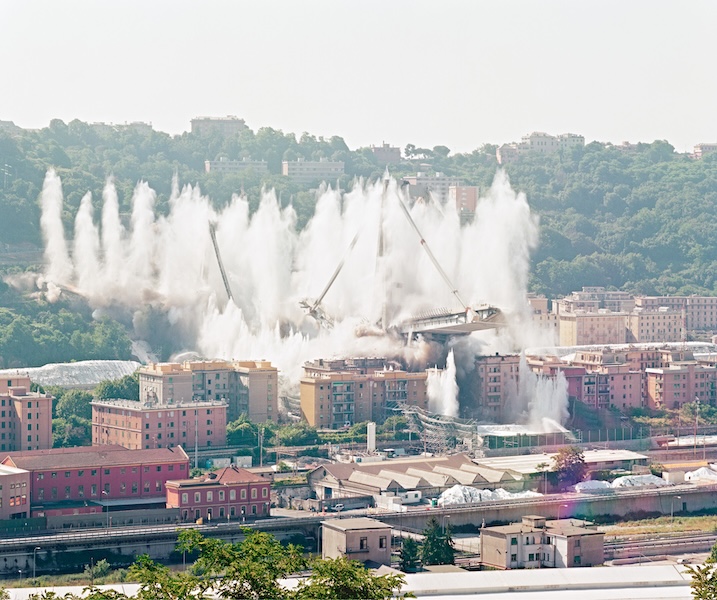
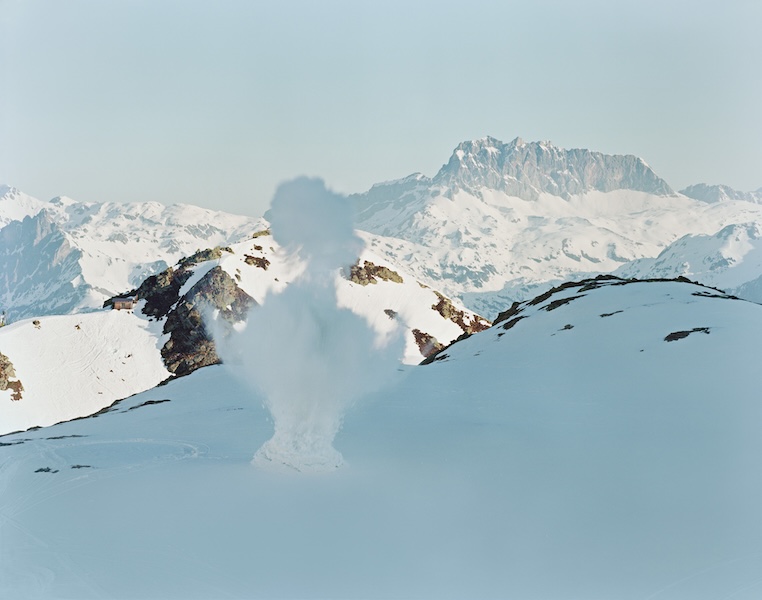
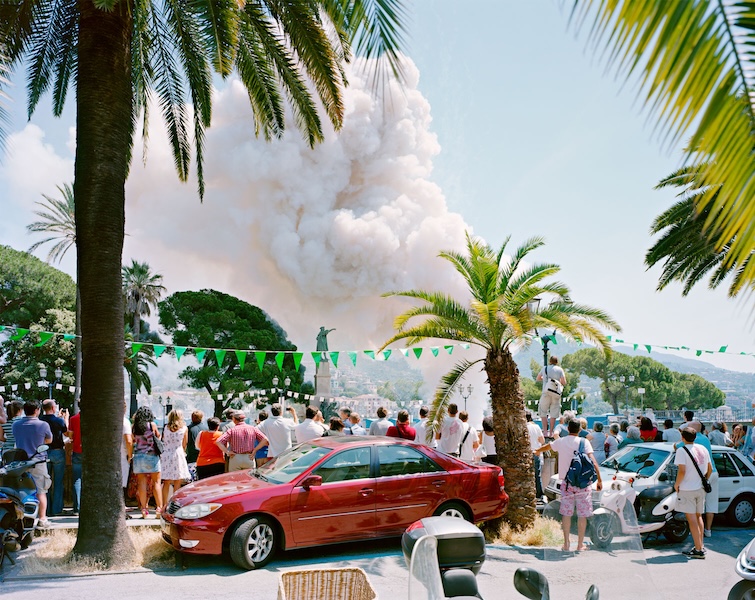
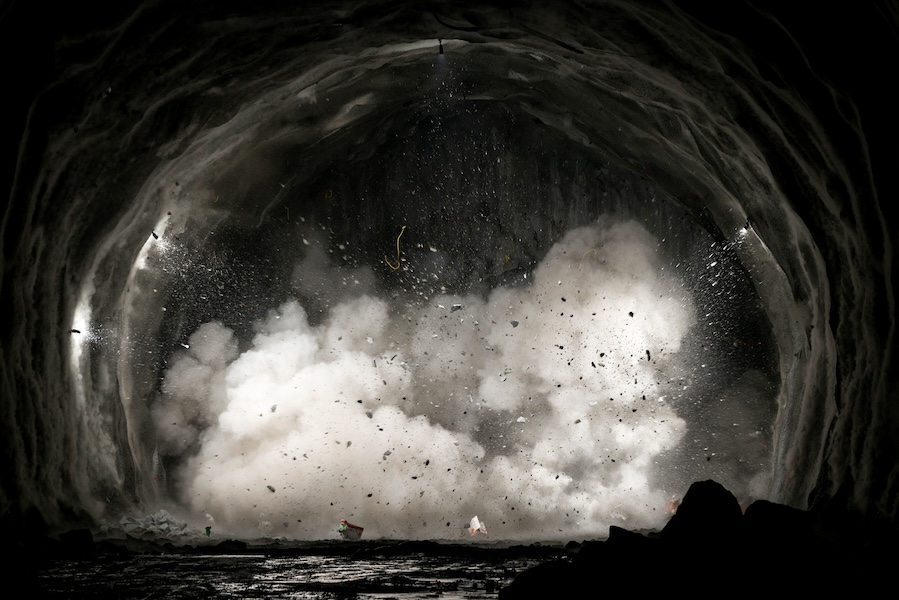
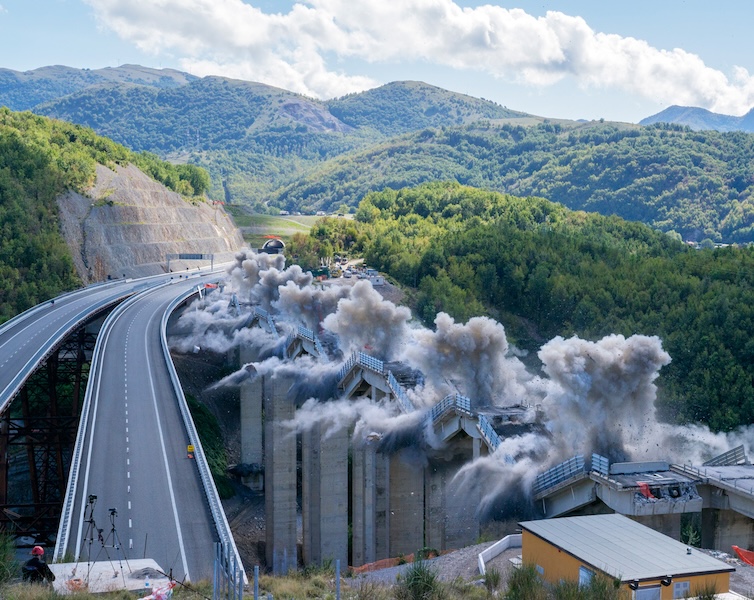
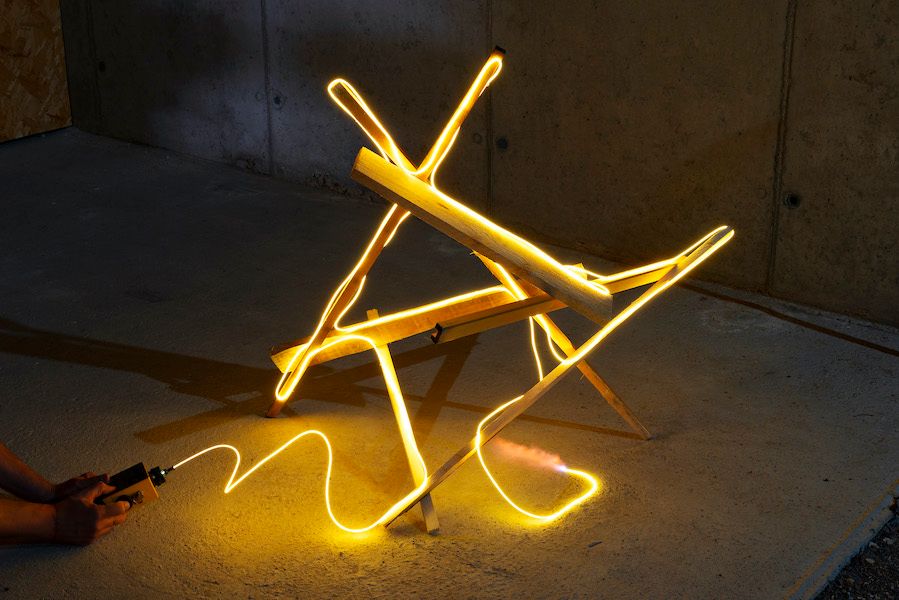
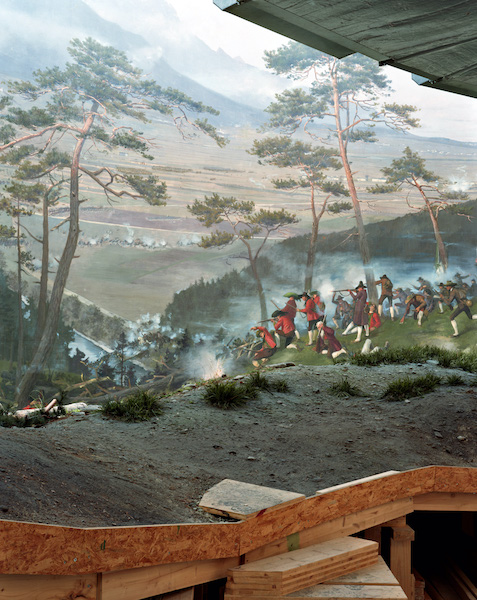
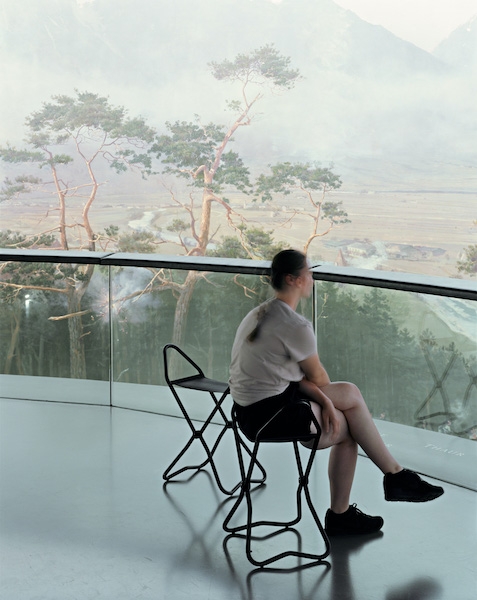

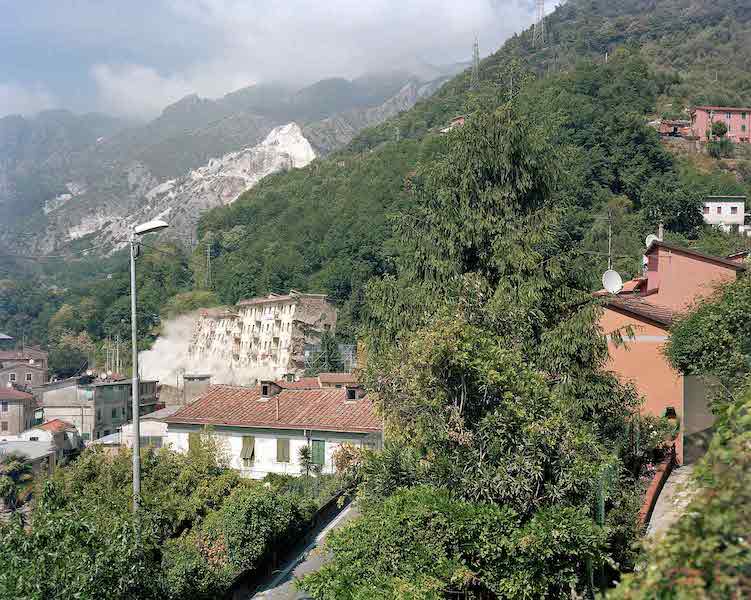
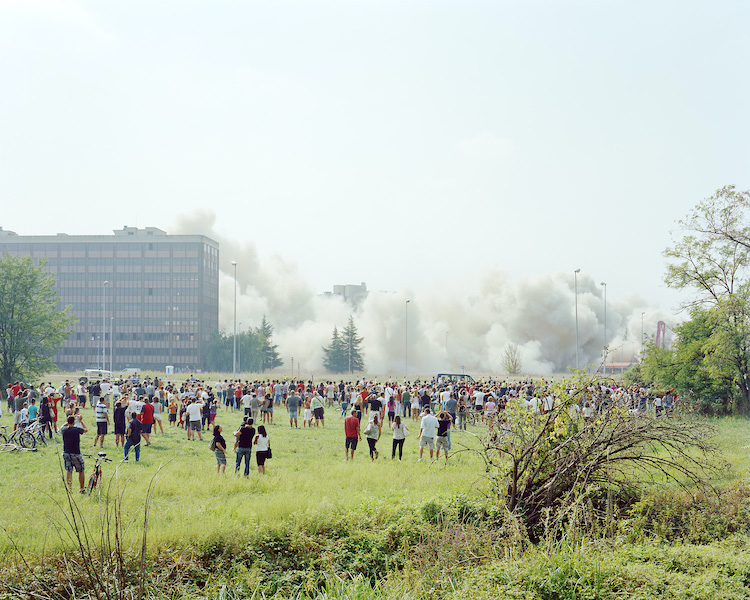

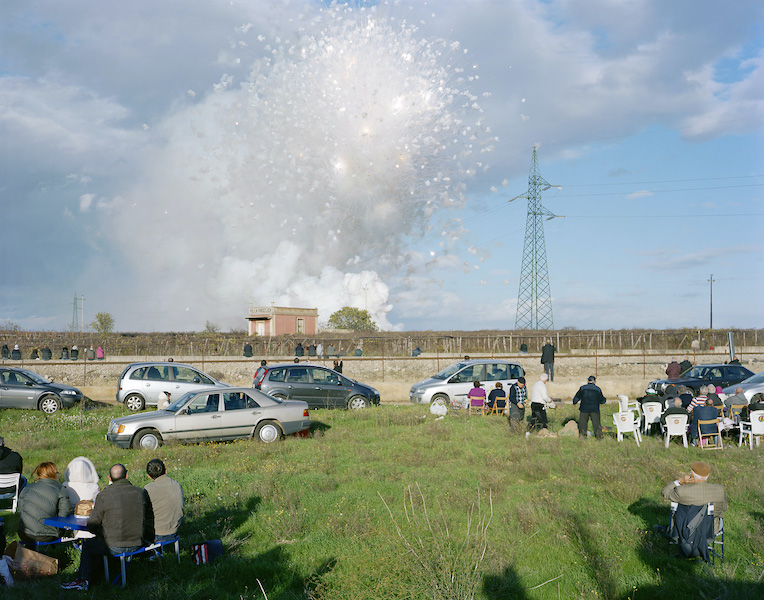

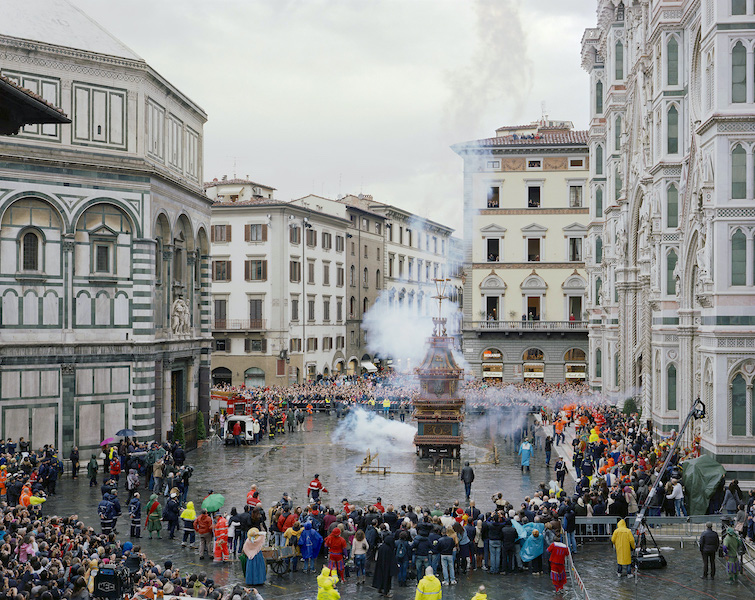
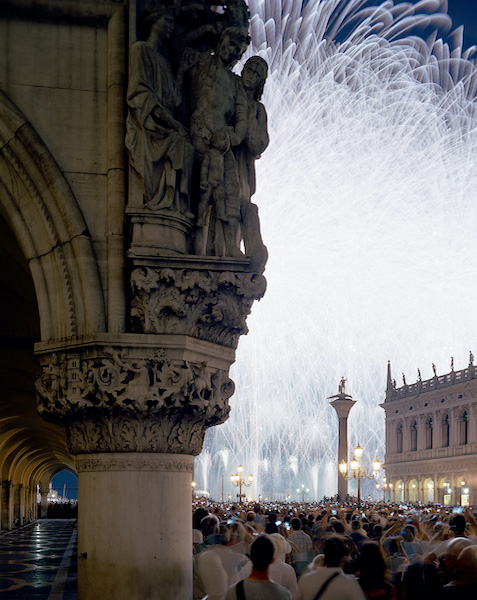
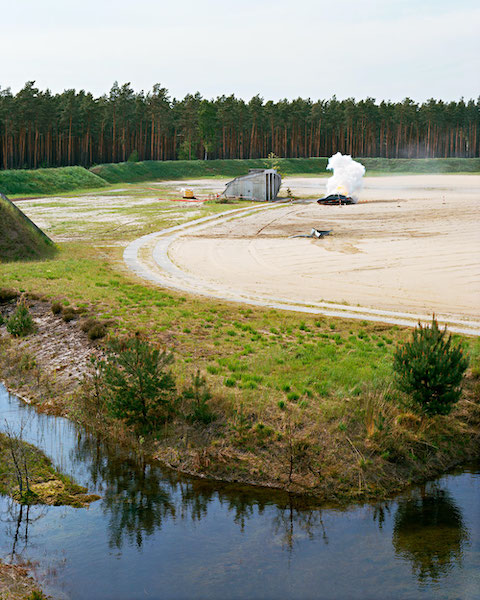
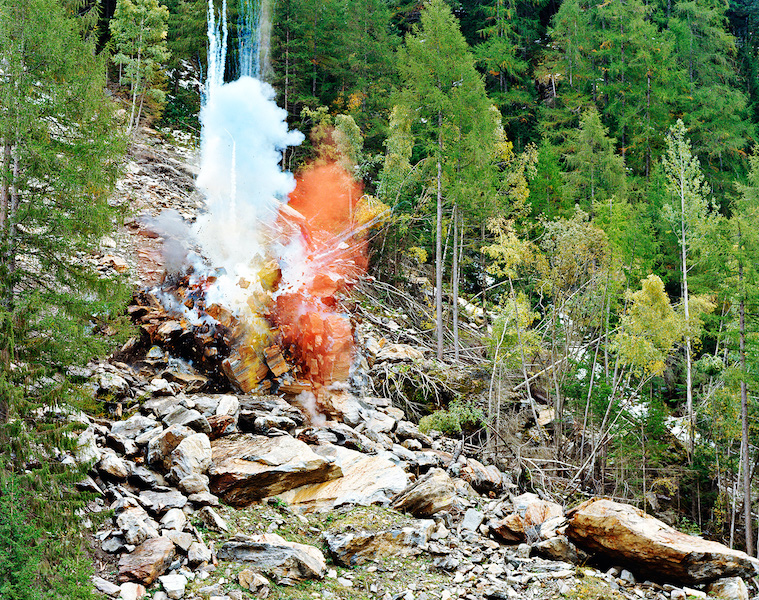
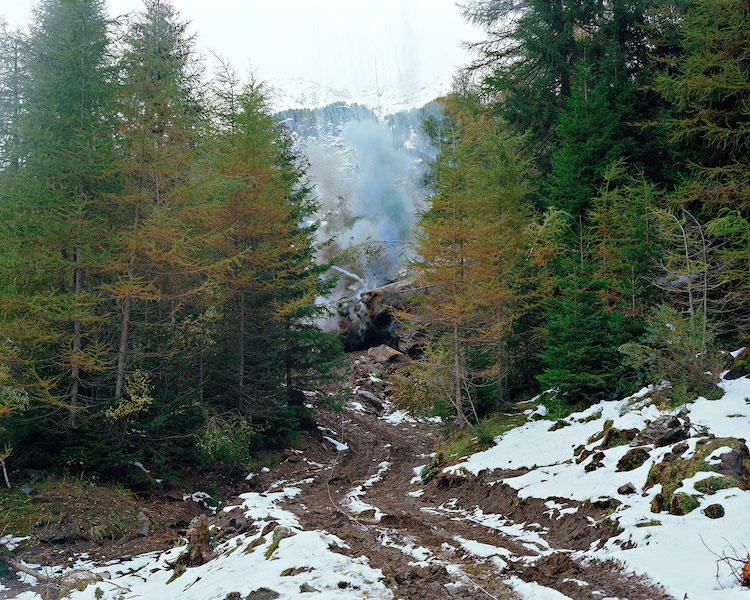
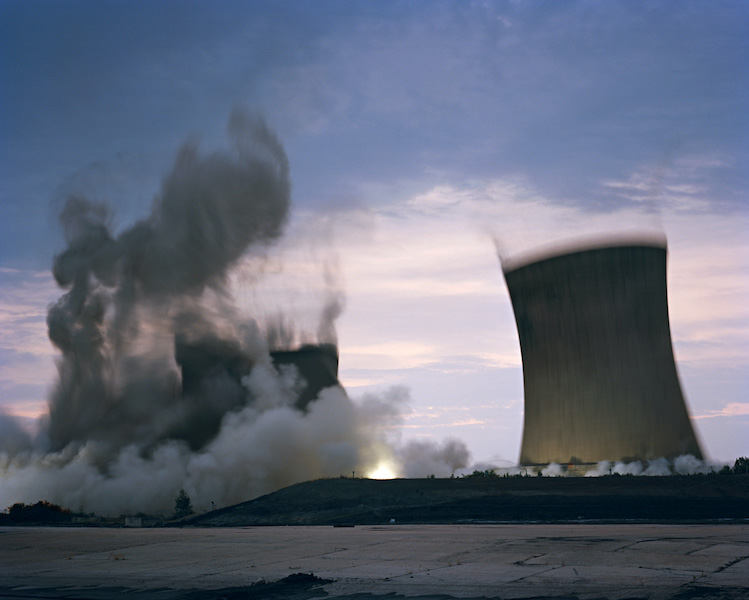
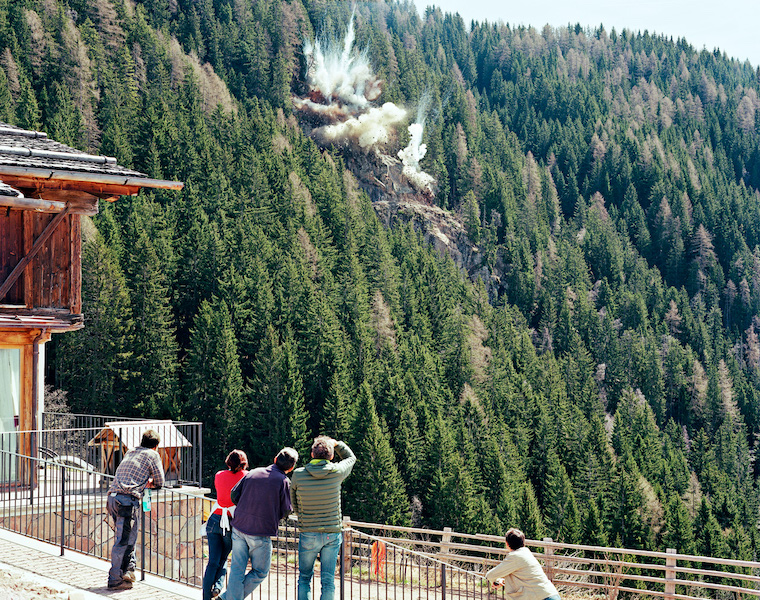
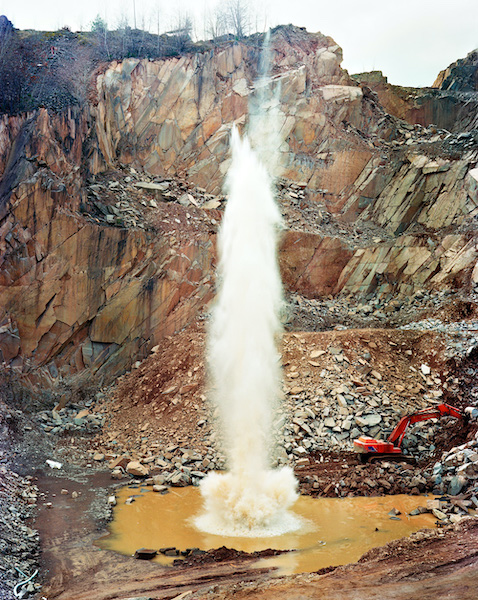

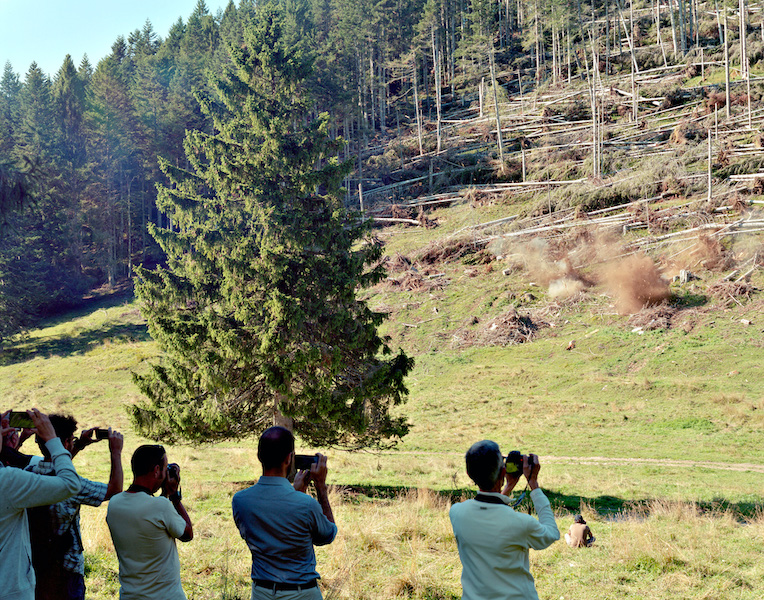
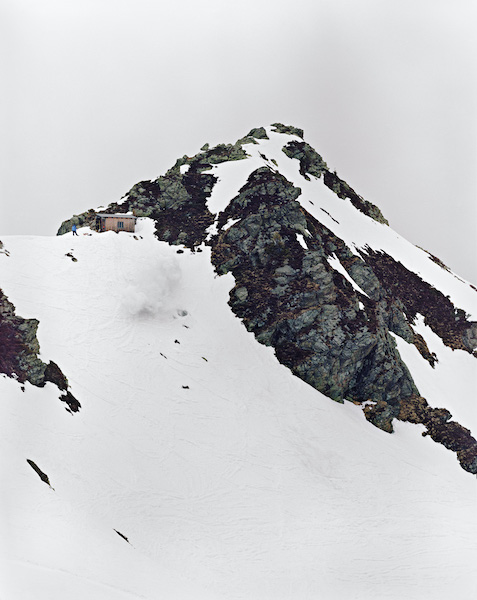
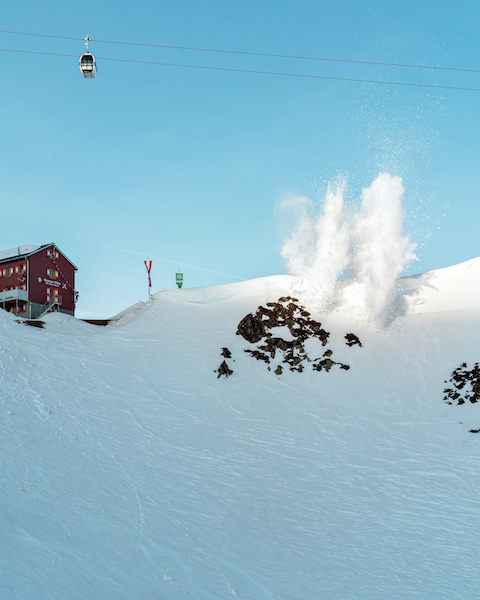
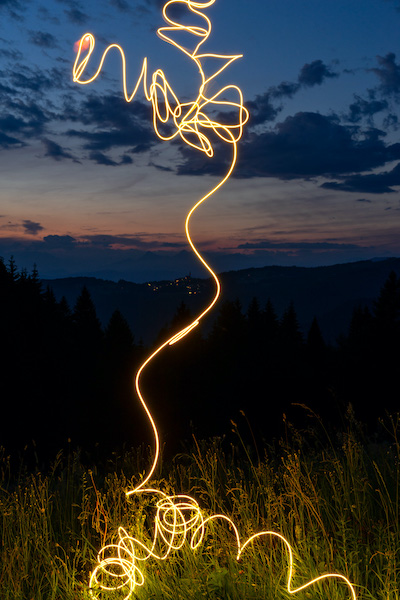
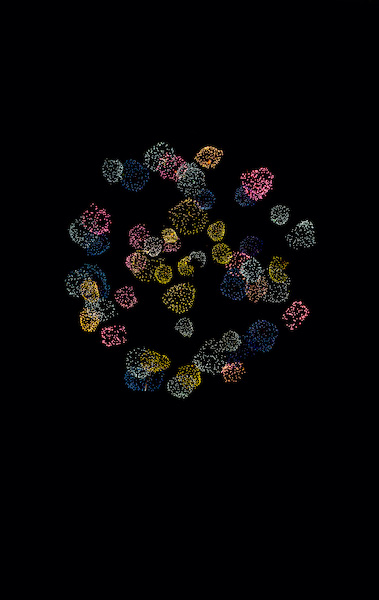
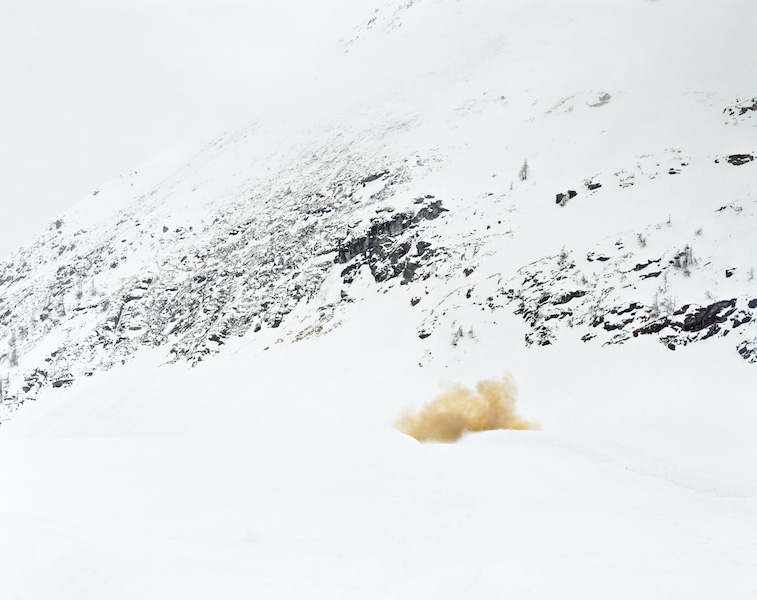
Andrea Botto (Rapallo, 1973), is an Italian fine-art photographer and lecturer. Interested in the cross-pollination of various contemporary art mediums, he uses photography as a means of dissecting the world in order to express its complexity and to expose its stratifications. Time, collective imagination, as well as the current transformations that mark the present age, are the key themes of his work, which explores the unstable equilibrium that governs the landscape, through the aesthetics of creative destruction. His projects have been acknowledged by grants and awards and have been exhibited in international museums, including Bundeskusthalle in Bonn (2005), Fotomuseum Winterthur (2005), Stiftung Kultur in Cologne (2006), MAXXI in Rome (2007-2016-2021), Fundacion Canal Isabel II in Madrid (2007), MoCA in Shanghai (2010), Villa Croce in Genoa and Benaki Museum in Athens (2015), Kolkata Centre for Creativity (2019), MuFoCo in Milan and BTV Stadtforum in Innsbruck (2022), Scuderie del Quirinale in Rome (2023). His works are to be found in private and public collections. He carries out and manages editorial and corporate projects, specializing in decommissioning and infrastructure projects. He cooperates with public authorities and multidisciplinary groups for the study of landscape, with particular attention to geology, environment and memory of historical events. Along with the professional activity, Botto usually gives lectures and educational workshops and he is in charge of several cultural events. He is currently professor of Documentary Photography at the Ligustic Academy of Fine Arts in Genoa. From 2006 to 2011 he was the artistic director of the Rapallo Contemporary Photography Festival. He taught at IED in Turin and at Fondazione Fotografia in Modena. He is one of the founding members of the artistic collective Fotoromanzo Italiano.
Essay By Mauro Zanchi
1. Naoya Hatakeyama: sotto l’estremità della terra
The negative and the positive. The empty and the full. Weight and suspension in the air. The shot intended on the same plane as a dynamite detonator, seen as an “excavation of the future”, where the camera acts as an extraction tool.
In Lime Hills (1986-1991), Naoya Hatakeyama looks at quarries and cities as negative and positive images of a single reality, also thinking of analogical correlations with the medium of photography. The quarries show the subtraction of matter from the body of nature, the act of removing that goes to outline other forms, transformations of the landscape. The explosions and excavations caused by humans determine an action that changes the appearance of things and induces the viewer’s gaze to bear witness to the consequences of the disappearance of cubic meters from the original places. What remains of the repeated explosions is superimposed on everything that is no longer there. What was taken is to be understood as the invisible of what is now possible to see, i.e. the gutted mountains, the void of the excavated rock, its memory. The limestone removed from the quarry is the main ingredient of cement, Japan’s most abundant mineral resource, raw material of the built environment, of man-made structures. Lime Hills simultaneously refers to the romantic pictorial tradition of the sublime, the relentless search for raw materials for modern development, the relationship between human industry and the natural environment. We can consider the mountain plundered of its material as a sculpture of subtraction, a vision of what was previously hidden, empty from the inner womb, emptiness that shows its shape through what is left. Emptiness and absence make visible what was hidden, and which now emanates a present absence. With the Blast series (1995), the artist tackled the theme of the destructive human systematization of the natural landscape, through an exploratory journey in the limestone quarries in Japan, capturing in photography and video the detonation and other excavation procedures that allow the limestone extraction.
Images of explosions make the impact of human behavior on the natural world visible. Even the detonation of dynamite to extract limestone is related (as a metaphor or objective correlative) with the click of a camera, with the moment of capture of a manifestation of reality. In Underground (1999), Hatakeyama explores the depths of Tokyo’s belly, the tunnels crossed by the Shibuya River, reveals the ecosystems of the city’s sewage network, which are not seen by almost the entire population; in Ciel Tombé (2007) the subjects are the remains of the decomposing limestone quarries under Paris, the traces of the collapses, the light of the everyday world on the surface, which also penetrates underground; in the winter of 2003 he took dazzling photographs of the Westphalian coal mine (Zeche Westfalen I/II Ahlen, 2003-2004), traveled through the uncultivated lands of the Rhineland and investigated that reality starting from the industrial structures left in disuse, from the factories destroyed with dynamite , from a shed that seems suspended in mid-air at the time of its demolition; in 2009-2010, he photographed the wastelands, artificial mountains made up of waste products from the exploitation of coal in the mining basin of Nord Pas-de-Calais. The photographic work is an uninterrupted and rigorous investigation into the conflicting relationships between man and nature. His subjects are never just landscapes but at the same time also reflections or echoes of something else: the limestone mines appear as open-air sculptural processes in the transformation of the natural landscape, plundered to feed the insatiable growth of the city of Tokyo. Sculptural events are also in the series Blast (2005), where Hatakeyama used remote-controlled and high-speed cameras to document explosions in an open limestone mine, limestone blasting operations, framing the moment of devastating impact , the Earth as it undergoes a change in moments of explosive discharge, in which the boulders are suspended in the air and the particles of stone and smoke form ephemeral sculptures, fixed in the shot, within the scenario of the last seconds of life of a transitory landscape . These images bear witness to the interrelationship between the violence done to the rural landscape by extraction and rapid urban development in Japan, understood as two intertwined processes, two superimposed levels, always in the relationship between positive and negative, at a substantial distance from Japanese traditional celebration of the landscape as an expression of national identity and spiritual unity: the immanence of the future city is contained in the extraction processes, it depends on what exists beneath the surface, in the relationship between the rural environment and urban construction. These images of exploding limestone reflect a desire for destruction, deeply rooted in human consciousness.
2. La via negationis – Andrea Botto
Andrea Botto investigates the themes of ongoing destruction through an explosive operation and the reference to the effects following the process that triggers a suspensive transfiguration, also through other extensive methods, research, applications, drifts. It is interesting to conceptually contemplate the silence left imprinted in his photographs of an explosion. The absence of noise is inherent in every image, obviously, but when the subject is linked to what exists as a contrast to silence, the reading of the work becomes more acute. The roar is left to the imagination of the user, in the sense that at the sound level the explosion in the landscape is caught in its perennial suspension, like a pause between the activation of the detonator, the manifestation of the ephemeral sculpture made up of smoke and what follows in the direction of stillness and dissipation of the sulphurous cloud. The artifice of dynamite is an objective correlative of photographic “booming” (with more intensity than “shooting”), not in the literal sense, but in what takes shape after the explosion. In that afterwards, let the spectator understand, there is part of the explosive charge of the image, the one withheld, its appearance in the sight of those who know how to observe the trace following the noise. What resides in the process of the explosion? In staring at the cloud of smoke and the time in which it was formed after the roar, its hovering in the air, the suspended time lies in the metamorphosis of matter and in the explosion of its duration. Here I would like to pause timelessly in the via negationis, or in the negative method of investigation, to try to define the reality proposed by Botto’s images starting only from its opposite, or rather from what remains after the peak of the noise. So this path makes sense if we identify the enhancement of the limit or border, which lies between the visual language (in the temporal occurrence of an explosion) and the extension towards an acoustic presence (let’s also consider it in the sculptural meaning that takes shape after the roar), present in the photograph but which must necessarily be imagined by the user, allowing the shock wave that comes from the silence of the image to continue within itself. The negative theology that I have evoked by absence somehow allows us to circumscribe the image itself, to defuse the fuse of the visual only, even if the real intent is to extend the photographic shot towards sound issues. In this extensive intention, the awareness of a limit is triggered, namely for the photographic language to open up towards the auditory one, who needs a user prepared to host, welcome and make the action contained in the photograph explode within itself. And here we return again to the via negationis, to a logical-formal thought of a negative type, to proof by contradiction. The silence that follows the roar itself is not even shown in the image. Somehow it suggests something that remains hidden in the short circuits of photographic time. Does the bang momentarily eliminate, in its appearance, any reality of silence? Within the two-dimensional perimeter of the image fixed in the print, the three-dimensional ephemeral sculpture (the smoke caused by the explosion) eliminates the subsequent dissipation of its misty forms, or rather that evanescence which continued to act in reality after the photographic shot which caught the burst.
And what relationship do explosions have with the landscape where they occur? Is landscape used to trigger a heated discussion through photography? For the artist, is the subject of the explosions a pretext to undermine the possibilities of the medium and to light the fuse of the imaginary, which is the detonator placed in the mind of the observer? In Botto’s long research on the use of explosives there are the miner/photographer relationship, the extension of the photographic medium towards performative practices, the effects of waiting while preparing for the explosive event, the final climax, the relationship between decisive instant and the evocative opening of the sound aspects present in the image, the opening to the meta-narratives of scientific manuals, the chemistry of the materials used in the destructive act, the dimension and processes of pyrotechnic events, the philosophical and conceptual implications on time, the randomness and irreversibility of an articulated process which, once triggered, cannot be stopped, the ability of photography to be a window and a mirror at the same time.
The landscape intended as a performance. The artist investigates the thin border between the natural order and the landscape that is modified or distorted by explosions, the metamorphoses of the earth’s crust, the connections of the upper world with the underground dimension. The suggestions linked to the explosions of the architect Gilbert Clavel come to mind, who in 1925 excavated the rock with dynamite to build his truncated pyramid, subtracting materials and energy from the bowels of the earth to raise them in the direction of verticality, towards the zenith of the sky . Botto used the inside of the Brenner Base Tunnel and made visible the mountain being excavated, where part of the muck returns to the same tunnel in the form of shotcrete or in the assembled reinforced concrete modules that make up the vault of the railway tunnel. He turned his attention to the sprints in the tunnel, to the air movements that climb the tunnel looking for ways out, to the recordings of traces of the detonating fuse, to the fires like lightning in the chthonic world. Each sprint corresponds to a way of approaching the coveted image, through margins of uncertainty and irrational components, randomness and indeterminacy, positions and shutter speeds of both the camera and the artificial lights present on the side walls of the gallery.
In addition to the design structure and the prediction of the final result, Botto is interested in the plastic potential of the image when trying to return the explosion as an ephemeral sculpture in the transformation of space. The photographic medium is involved not only as a device capable of capturing and prolonging the sculptural dimension of an explosion – beyond the capture of an instant that would otherwise escape perception in a more dilated time – but also to deconstruct the visual celebration of the romantic sublime present in the landscape, through the passages of meaning between the three-dimensional world and two-dimensionality. A series of journeys takes place under the edge of the ground, inside the finis terrae of the infernal bowels, where explosive substances can shine, to bring sulphurous cavities to light, the passages in moments of collapse, transformation, dissolution, exactly as if should happen simultaneously in the mind, stirred up by the inner flight. Where is the camera positioned in this subterranean gloss, as we try to get as close as possible to the action of the “psychoctonic” explosion without risking damaging our imaginal device?
Mauro Zanchi
